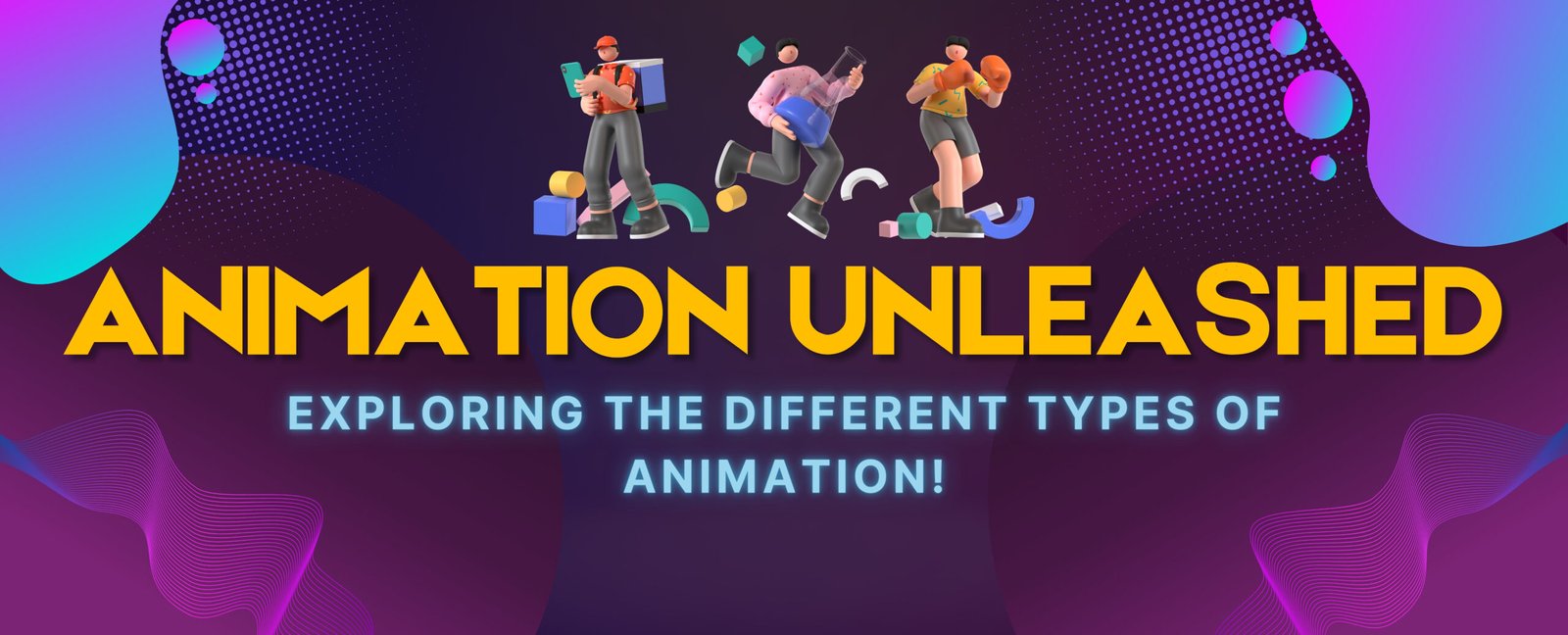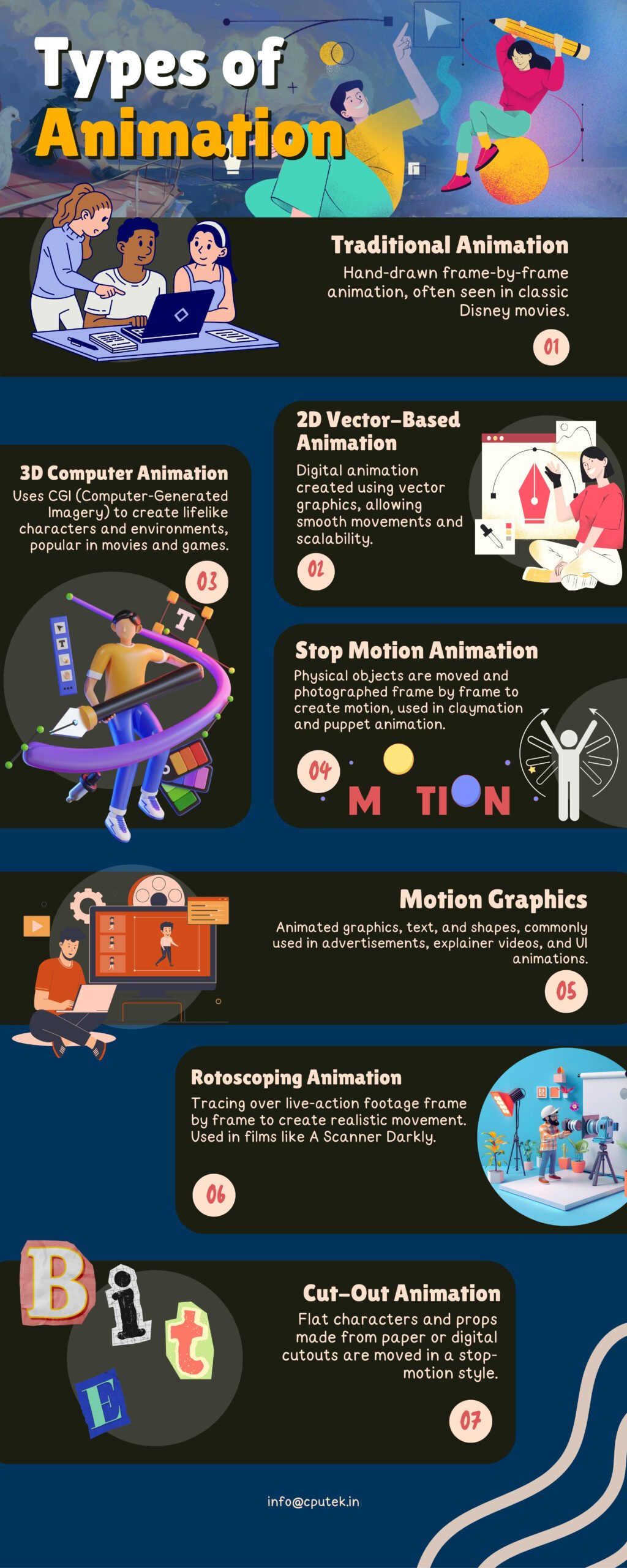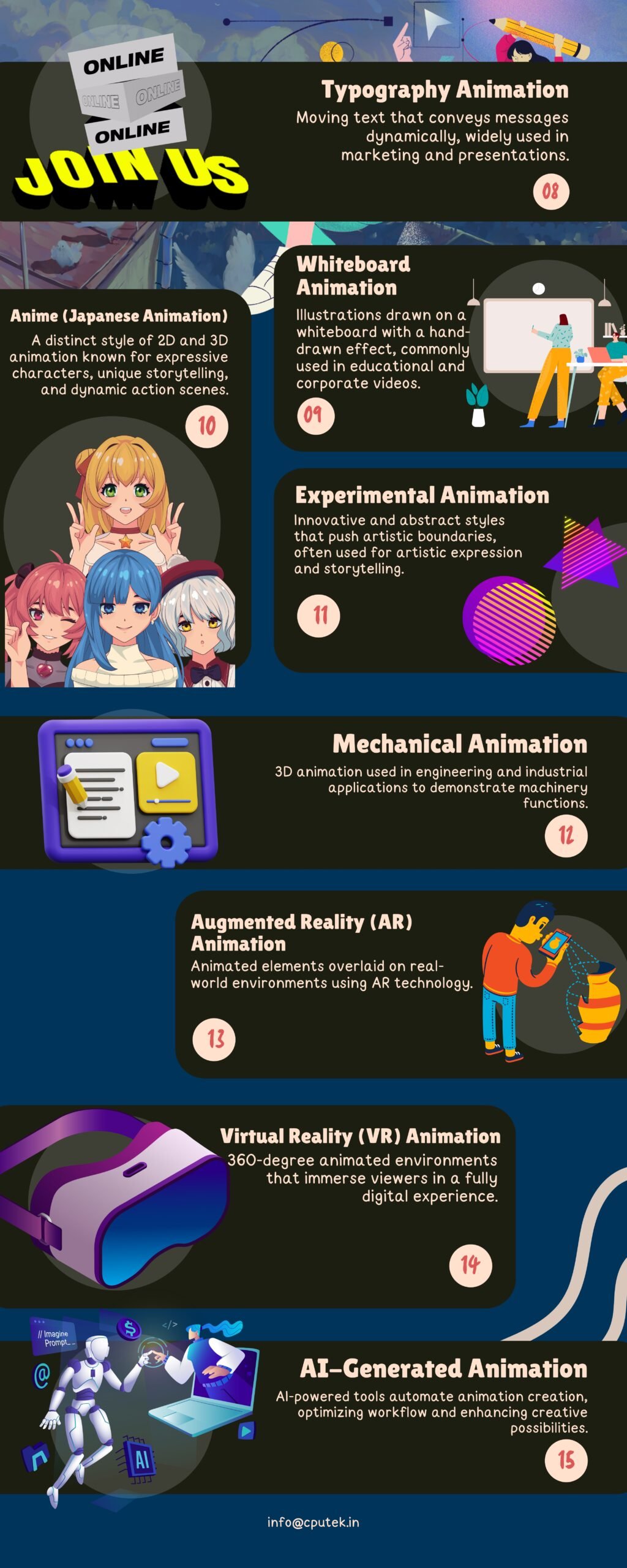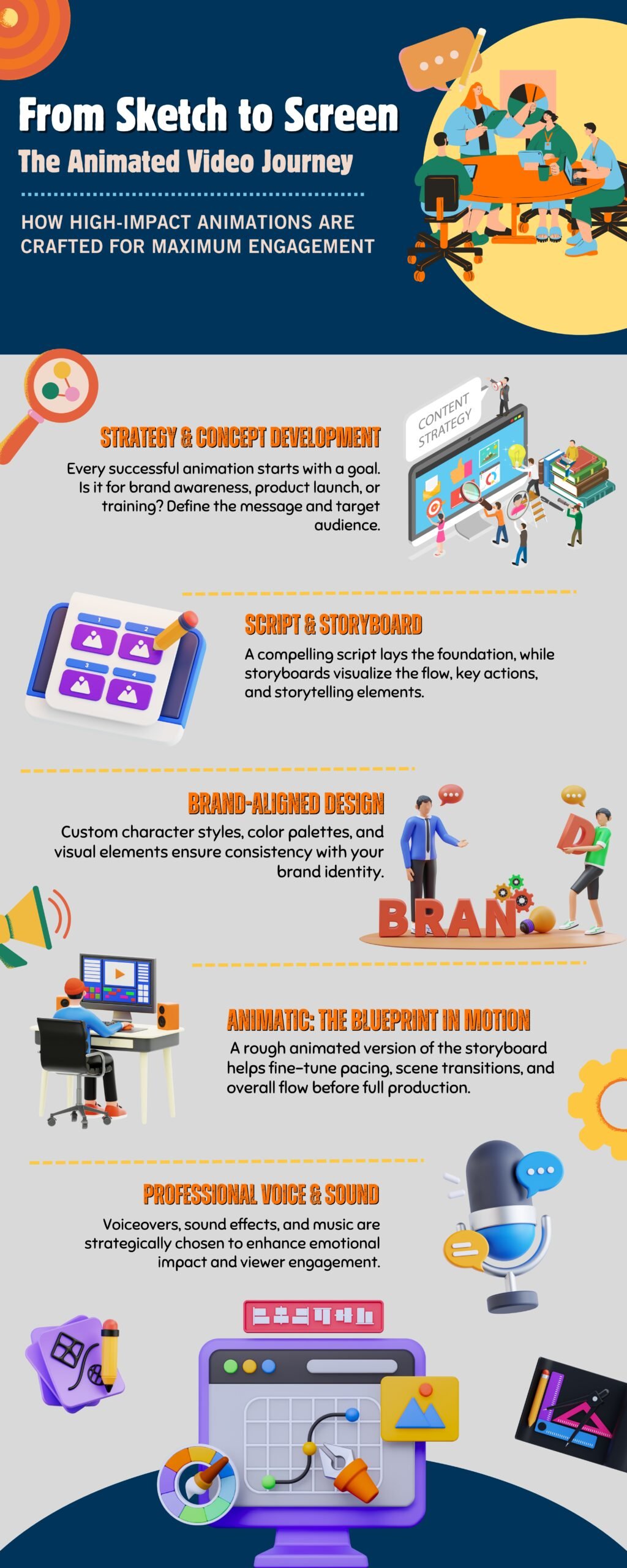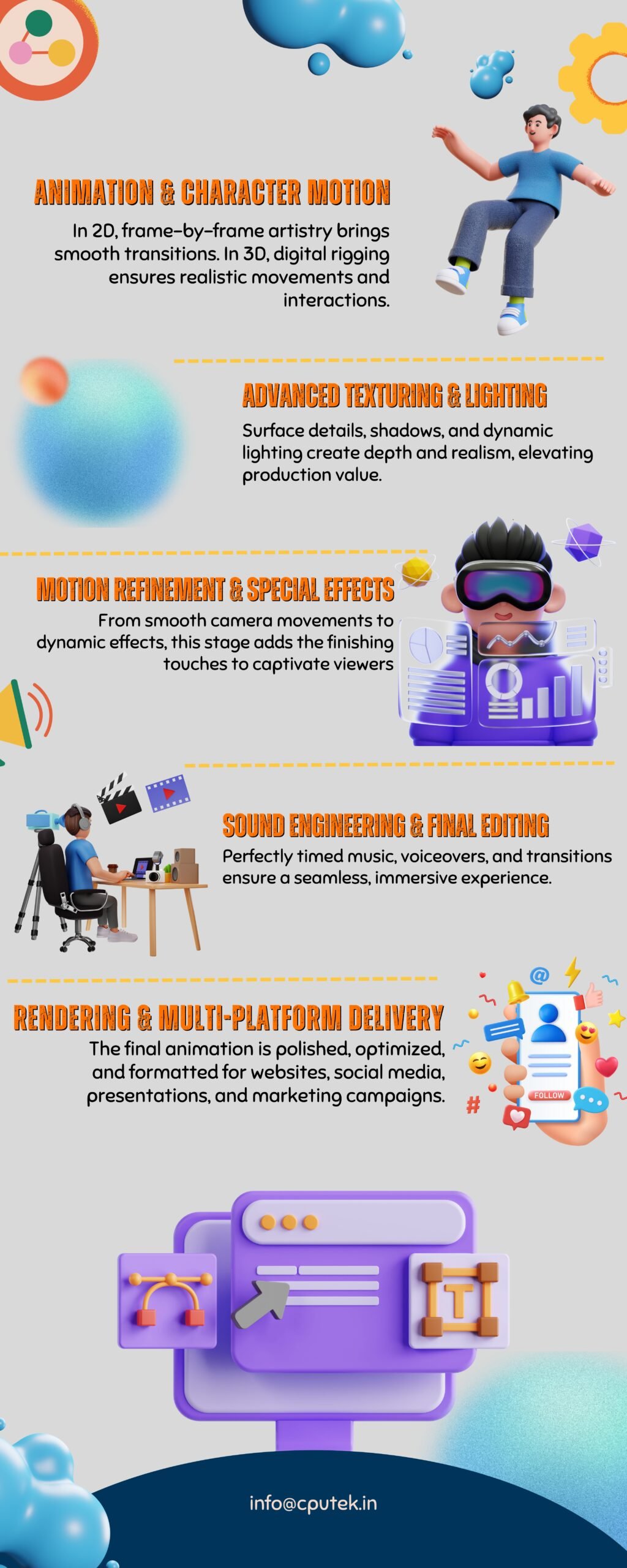Producing top-notch videos involves multiple stages that many creators find both rewarding and challenging. From conceptualizing ideas and scripting to filming and post-production, each phase demands significant time and effort. Common hurdles include managing extensive footage, ensuring seamless edits, and maintaining high-quality visuals . Additionally, the repetitive nature of certain tasks, such as subtitling and trimming, can be particularly time-consuming.
Which AI Video Tool Is Right for You?
There’s no one-size-fits-all solution when it comes to AI video tools. Some are great for storytelling, others are ideal for quick edits, and a few help repurpose content across different platforms. Here’s what works best for different needs.
High-Quality AI Animation: Pika Labs & Runway ML
- Pika Labs: This platform enables users to generate animations from text prompts or images. It’s particularly effective for creating simple animations quickly. However, users have reported issues with background warping and unnatural human movements, indicating that while it’s user-friendly, the output may require additional refinement for complex scenes.
- Runway ML: Offering advanced features like motion tracking and green screen effects, Runway ML caters to users seeking more control over their video editing process. It supports animations up to 16 seconds and provides camera controls for motion intensity. However, some users feel that the animations can be too static, and the subscription model may not be consumer-friendly.
Transforming Text into Animated Videos: Steve.AI
Steve.AI specializes in converting text inputs, such as blog posts, into animated videos. This feature is particularly beneficial for marketers and educators aiming to repurpose written content into engaging visual formats. Users appreciate the platform’s ability to maintain consistency with animated characters and the functionality to generate videos from voice inputs. However, there are areas for improvement, such as the character search functionality, which can be cumbersome, and the need for more customization options to avoid generic outputs.
Hyper-Realistic AI Avatars: Synthesia
Synthesia allows creators to produce videos featuring AI-generated avatars that can speak multiple languages, making it ideal for corporate training and explainer videos. This technology streamlines the video production process by eliminating the need for on-camera recordings. However, while the avatars are realistic, they may lack the nuanced expressions and pacing of human presenters, which could affect viewer engagement.
AI-Assisted Video Editing: Veed.io & CapCut AI
- Veed.io: This online video editor offers features like automatic subtitles and background noise reduction, simplifying the editing process for beginners. Its user-friendly interface and collaborative editing capabilities make it accessible to users at all levels.
- CapCut AI: Popular among social media content creators, CapCut AI provides automated video editing features, including smart effects and content suggestions. While it offers quick edits without extensive manual work, reliance on AI-generated suggestions may limit creative control, and manual adjustments might be necessary to achieve the desired outcome.
Voice and Lip-Synced Video Creation: Resemble.AI
Resemble.AI focuses on AI-generated voice and video synthesis, allowing creators to produce realistic voiceovers and lip-synced videos from text. This is particularly useful for character animations and dubbing. High-quality input is essential to achieve the best results, and some fine-tuning may be required to match the desired output.
Upscaling and Enhancing Video: Magna.AI
Magna.AI enhances video quality by upscaling and de-noising footage, making it valuable for improving older or lower-resolution videos. Creators should be aware that while it enhances quality, it may not fully restore heavily degraded footage.
AI-Generated Short Clips: DeepAI Video
DeepAI Video generates short animated clips from text descriptions, aiding in quick visual storytelling. This tool is beneficial for creators needing rapid content generation. The output is more abstract, which may not suit all project requirements.
Ultra-Realistic AI Video Generation: Sora by OpenAI
Sora is OpenAI’s latest video generation model, producing incredibly realistic scenes from text descriptions. It’s ideal for high-quality content creation but is still in development, meaning access is limited.
Conclusion
Each of these tools makes video creation faster and more accessible. Whether you need to animate, edit, enhance, or generate content from scratch, AI now offers an assistant for almost every task.
Want to see the top 10 AI generative video tools in a quick, digestible format? Check out the attached infographic that lays them all out.

By day I create engaging content along with infusing high-volume, low-competition keywords strategically so that it gets loved by you and Google Crawler. Off the clock? I scroll for fresh ideas. (Don’t judge, gotta fuel the creativity!)




